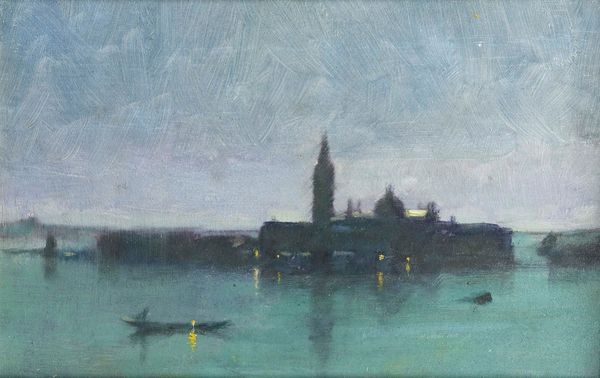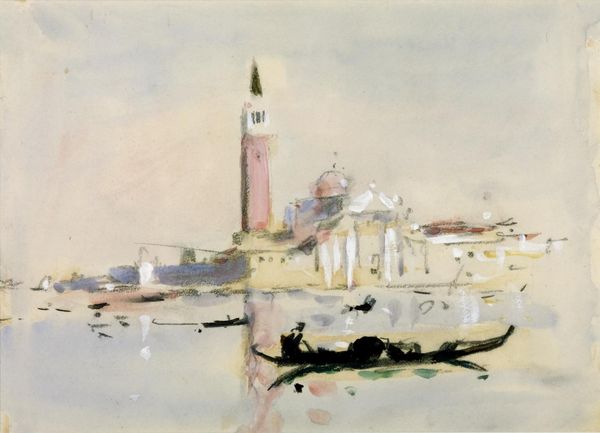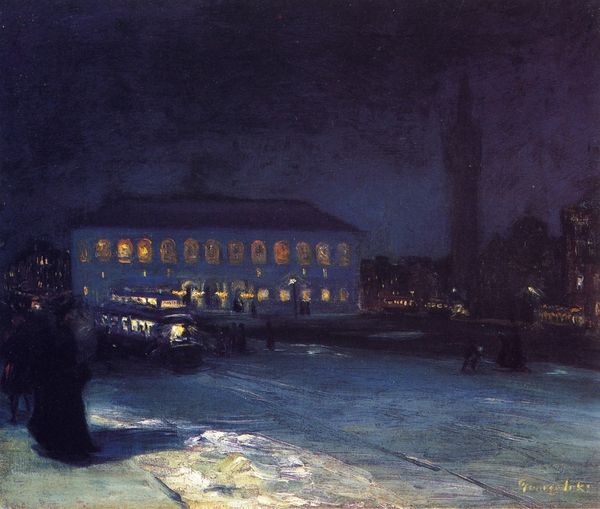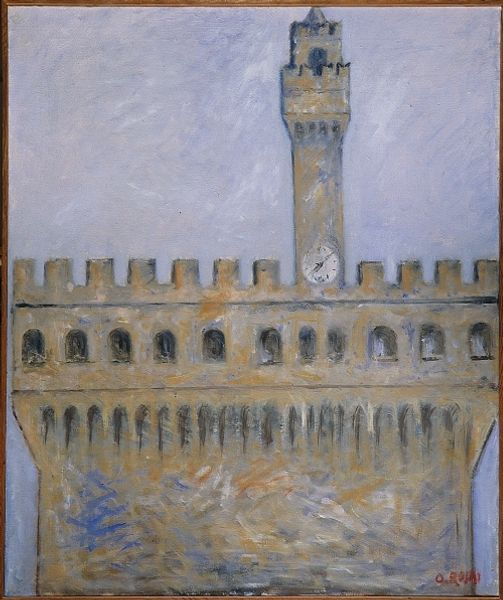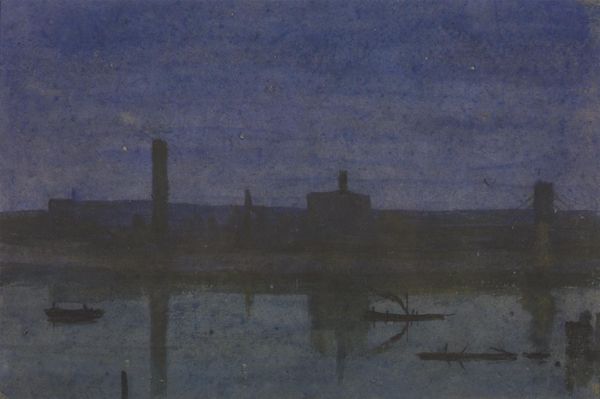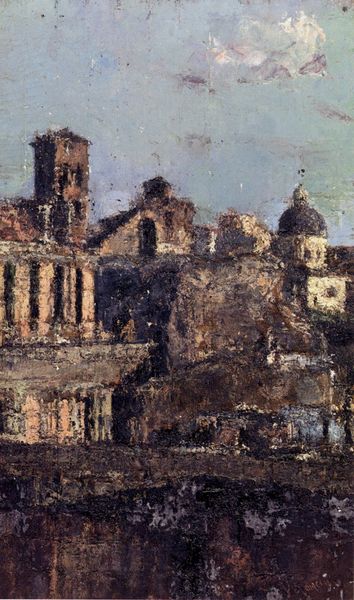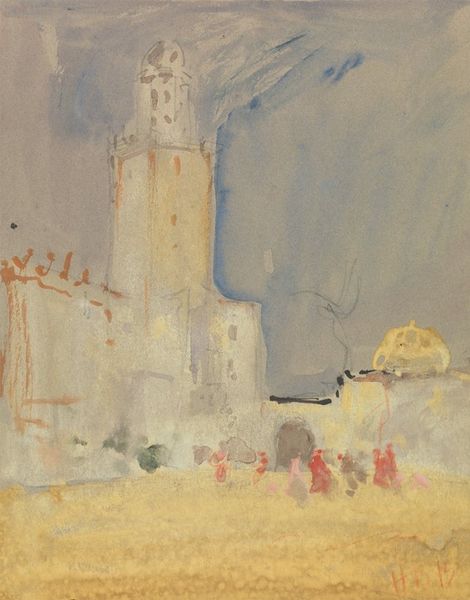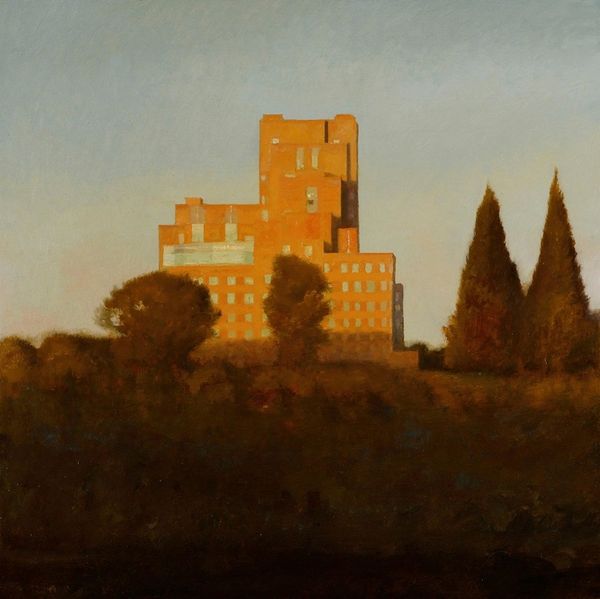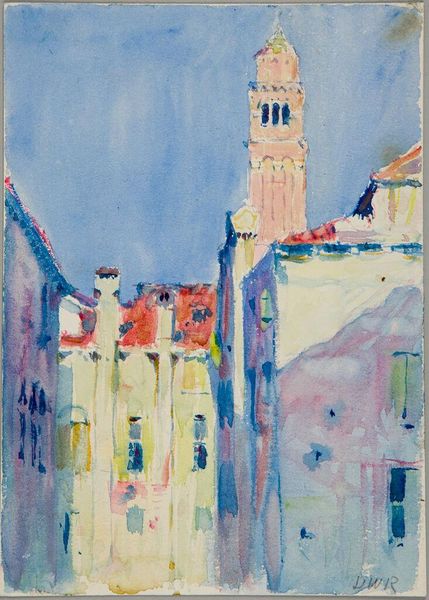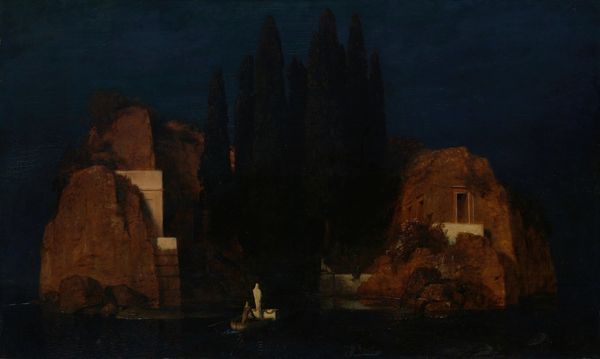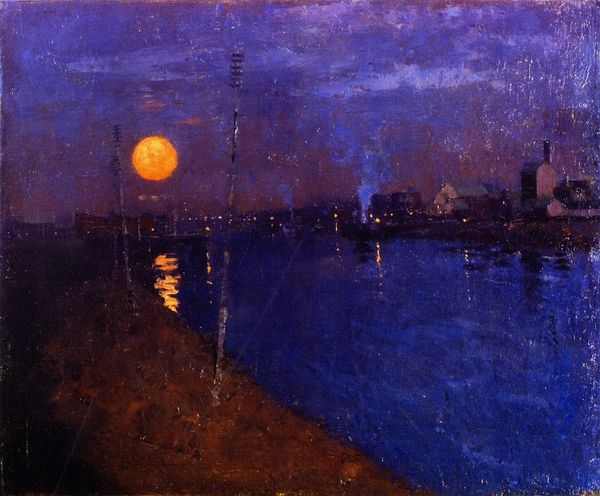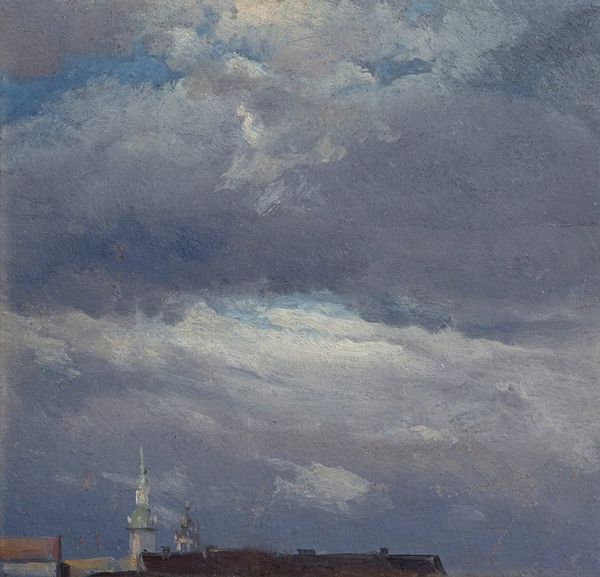
Dimensions: support: 864 x 610 mm
Copyright: CC-BY-NC-ND 4.0 DEED, Photo: Tate
Editor: So, here we have Arthur Melville's "The Blue Night, Venice." There's something so serene, almost haunting, about this nocturne. What captures your attention most in this piece? Curator: Oh, the way Melville captures the luminescence of Venice at night! It’s like he's bottling moonlight, isn't it? He uses these washes of colour, almost like memories fading in and out. I wonder, does it evoke a sense of longing or mystery for you? Editor: Definitely mystery! It’s as if Venice is whispering secrets only the night can understand. Curator: Precisely! And the brushwork…so loose, so evocative. It's less about depicting reality and more about capturing a feeling, a fleeting moment in time. What a wonderful way to look at it. Editor: I never thought about it that way. Thanks for opening my eyes! Curator: My pleasure! Art's always a dialogue, isn't it? A shared journey into the artist's soul.
Comments
tatebritain 7 months ago
⋮
http://www.tate.org.uk/art/artworks/melville-the-blue-night-venice-n05067
Join the conversation
Join millions of artists and users on Artera today and experience the ultimate creative platform.
tatebritain 7 months ago
⋮
Arthur Melville travelled to Venice in 1894. The city had long been a favourite subject for painters, but Melville found something new. The Blue Night shows St Mark’s Basilica, the Doge’s Palace and the Campanile dissolving into the dusk. Melville evolved a new watercolour method. He saturated the paper with Chinese white paint and used sponges to create a velvet-like texture. Before applying the paint, he tried out ideas on pieces of glass held over the painting. Colour, such as the blue used here, drew attention not just to the subject of the work, but to the medium itself. Gallery label, October 2013
